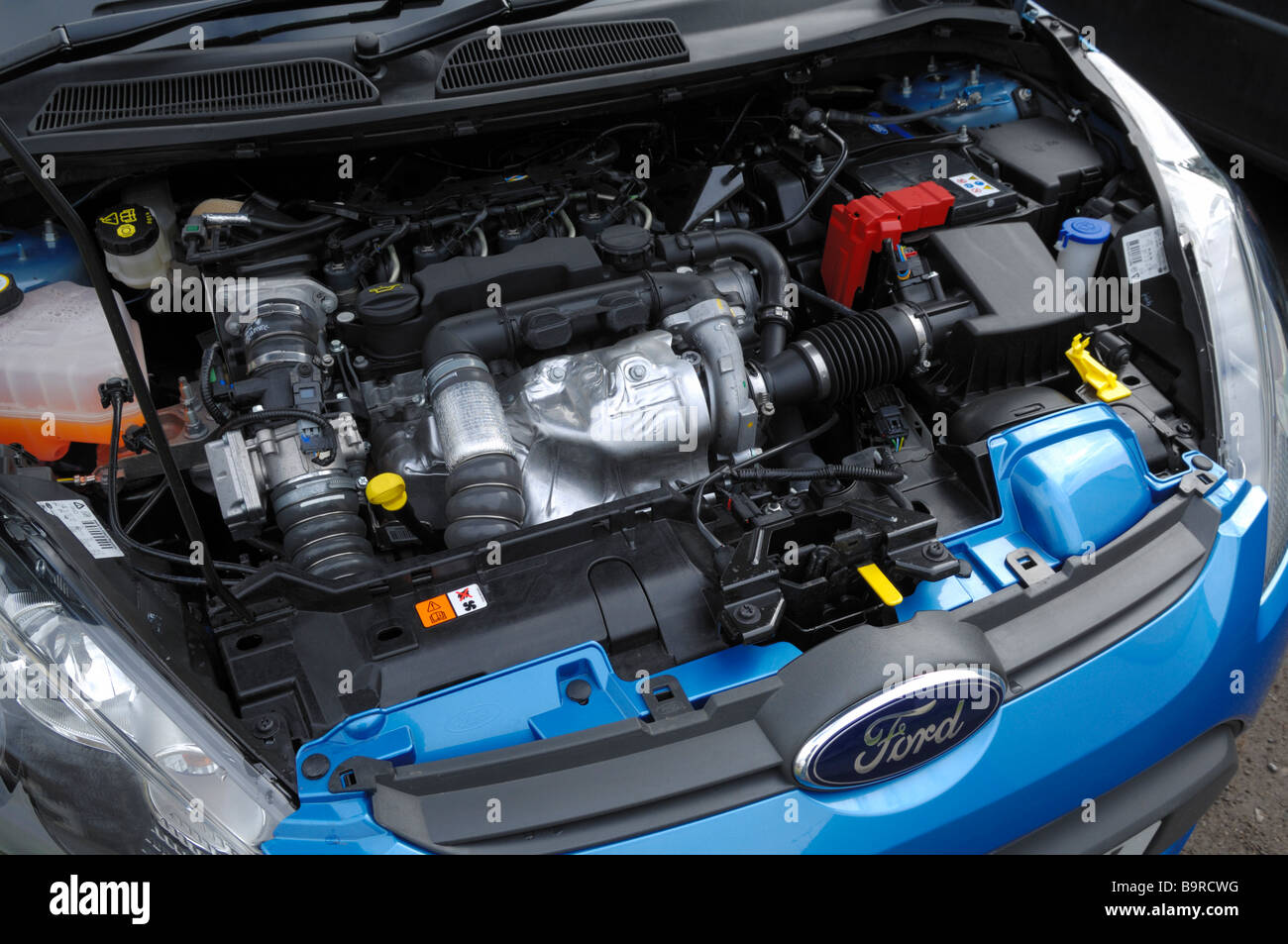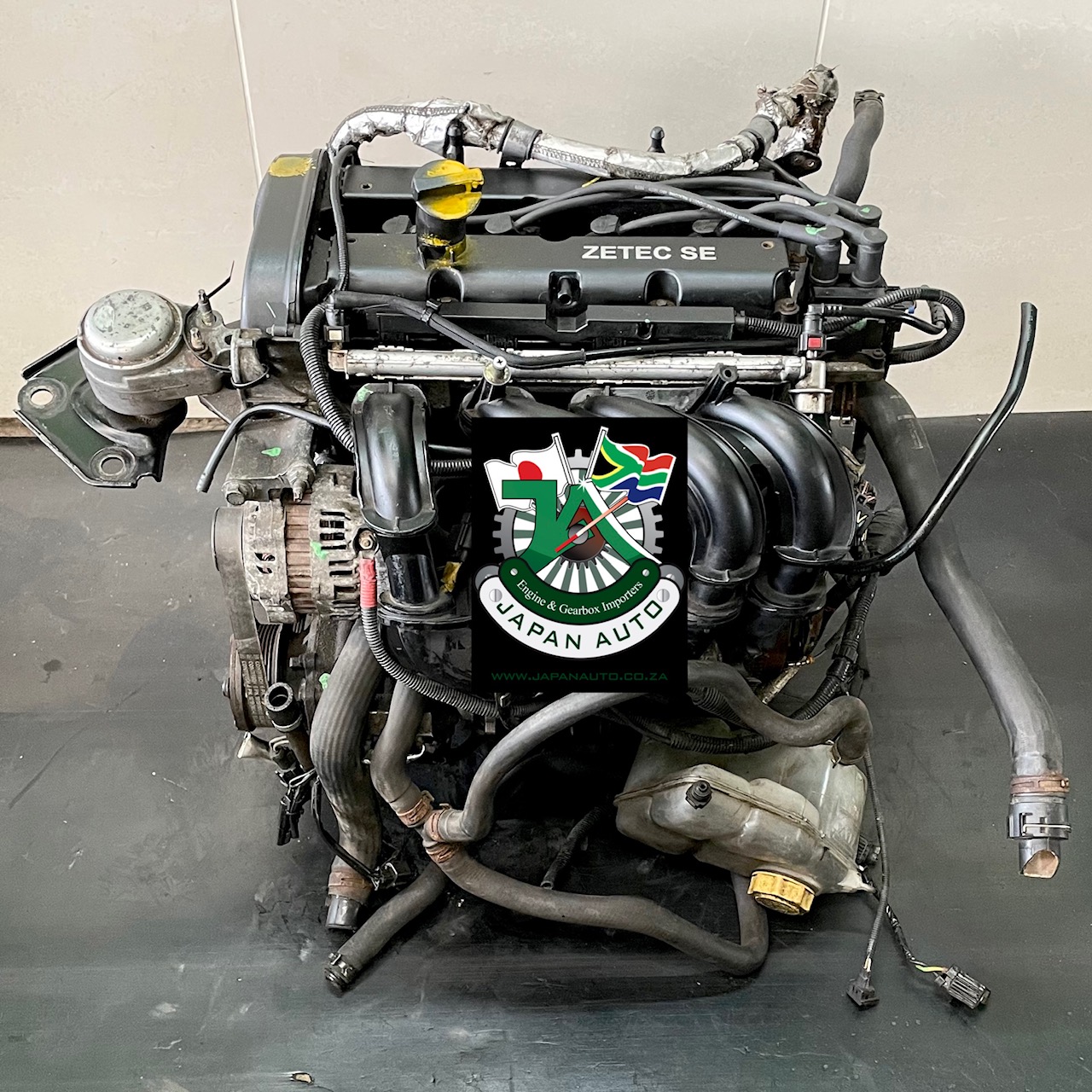Common Issues with the Ford Fiesta Engine and How to Fix Them
Common Issues with the Ford Fiesta Engine and How to Fix Them
Blog Article
Exploring the Development of Engines: From Timeless Styles to Modern Marvels
The advancement of engine innovation stands for a significant narrative in the history of development, noted by critical improvements that have continuously redefined transportation and industry. From the initial heavy steam engines that powered the Industrial Transformation to the development of internal combustion engines that transformed movement, each stage has contributed to higher efficiency and capacity. Currently, the change to electric power indicates not only a technical shift but likewise a broader commitment to ecological sustainability. As we analyze these landmarks, one need to consider exactly how the future of engine layout may unravel, testing our understandings of power and performance.
The Birth of Engine Innovation
The advent of engine innovation noted a zero hour in human advancement, transforming power conversion and transportation. The earliest engines emerged from the need to harness mechanical power for sensible use, resulting in the growth of tools that transformed various energy types right into activity. The principle of the engine can be mapped back to ancient people, where simple machines, such as the waterwheel and windmill, utilized natural forces to carry out work. Nevertheless, it was during the late 17th and early 18th centuries that considerable innovations started to appear.
The advancement of the internal burning engine and the creation of the heavy steam engine militarized a profound shift in commercial capacities. These engines not just boosted performance however likewise expanded the extent of human flexibility, making it possible for extraordinary transport opportunities. The very early models laid the foundation for the mechanical world, helping with the increase of sectors and improving social frameworks.
As engine layouts advanced, they progressed and included cutting-edge products engineering principles, leading the means for modern advancements - ford fiesta engine. The birth of engine technology stired up a relentless quest of performance and power, setting the stage for the vibrant development of transport and commercial equipment that would follow
Heavy Steam Engines and Their Impact

The heavy steam engine's impact was particularly obvious in the transport sector (ford fiesta engine). Steam-powered engines assisted in the fast activity of items and people throughout vast ranges, effectively shrinking the geographical obstacles that had actually formerly impeded trade and communication. Similarly, steamships reinvented naval traveling, enabling quicker and a lot more reputable crossings of oceans and rivers.
In sector, heavy steam engines powered manufacturing facilities, allowing automation and the surge of urban facilities as hubs of financial task. This change not just modified labor characteristics but likewise added to the development of a consumer-driven culture. Vapor technology cultivated innovations in engineering and manufacturing procedures, laying the groundwork for future improvements in engine style. The heritage of vapor engines is profound, mirroring a turning point in human ingenuity and the relentless search of development.
The Rise of Interior Burning
Frequently outweighing heavy steam power, the rise of internal burning engines marked a transformative shift in transport and sector throughout the late 19th and early 20th centuries. The growth of these engines, identified by their capability to melt gas within the engine itself, made it possible for better performance and power compared to traditional steam engines. Introducing developers such as Nikolaus Otto and Rudolf Diesel played important functions in perfecting engine designs, resulting in widespread adoption in cars, boats, and commercial equipment.
The internal burning engine's compact size and fairly lightweight nature helped with the development of personal lorries, revolutionizing individual movement and reshaping city landscapes. By enabling faster traveling and the effective transport of items, these engines catalyzed economic find out this here growth and cultivated globalization. The flexibility of fuel choices, including fuel and diesel, further boosted their appeal, permitting for diverse applications across different sectors.
Regardless of the ecological concerns that would later arise, the preliminary appeal of inner burning technology stocked its transformative capacity. As society accepted this development, the structure was laid for contemporary transport systems, establishing interior combustion engines as a cornerstone of industrial advancement and day-to-day live throughout the 20th century.
Advancements in Engine Efficiency
As internal burning engines ended up being essential to transportation and market, the emphasis changed in the direction of improving their performance to meet growing demands for efficiency and sustainability. Advancements in engine layout, material science, and modern technology have actually dramatically contributed to this development.
One significant improvement is the development of turbocharging, which enables enhanced air consumption, causing more complete fuel combustion and improved power result without increasing the size of engine you can try this out size. Furthermore, variable valve timing systems have actually been carried out to maximize engine performance throughout numerous RPM ranges, therefore boosting gas performance.
The utilization of sophisticated gas injection technologies, such as direct injection, has additionally played a vital duty. This approach allows for more precise control over the fuel-air combination, advertising much better burning and minimizing emissions. Moreover, lightweight materials, including aluminum and composite components, have actually been adopted to lower overall engine weight, bring about improved efficiency.
These developments mirror a broader fad within the auto sector, where the harmony in between engineering development and ecological considerations drives the ongoing quest for higher efficiency in interior combustion engines. Therefore, contemporary engines are currently much more powerful, cleaner, and effective than in the past, paving the method for an extra lasting future in transportation.
The Shift to Electric Power
With expanding worries over ecological influence and fossil fuel dependence, the automotive market is experiencing a substantial change towards electrical power. This transition is driven by a combination of technical developments, regulatory stress, and changing customer choices. Electric cars (EVs) provide a compelling choice to conventional inner burning engines, boasting decreased greenhouse gas exhausts and lower operating expense.
The increase of battery modern technology has actually been a video game changer, with lithium-ion batteries coming to be a lot more reliable and cost-effective. Improved energy thickness and faster billing abilities have made EVs much more sensible for daily use. Moreover, federal governments worldwide are applying rewards and establishing ambitious targets for phasing out fossil gas vehicles, thus accelerating the fostering of electric power.
Significant automakers are investing heavily in r & d, causing the intro of a diverse series of electric designs. This consists of not only guest vehicles yet also commercial cars and public transport solutions. As billing infrastructure expands and battery modern technology proceeds to boost, the change to electric power is positioned to improve the vehicle landscape, promoting sustainability and technology in the years to come. The future of transport is electric, and the energy is indisputable.
Verdict
The advancement of engine innovation stands for a substantial trajectory of advancement that has profoundly influenced transport and market. From the fundamental vapor engines to the transformative inner combustion engines, each advancement has contributed to improved flexibility and financial growth.

Report this page